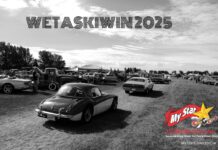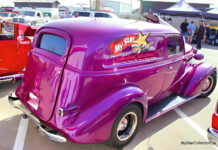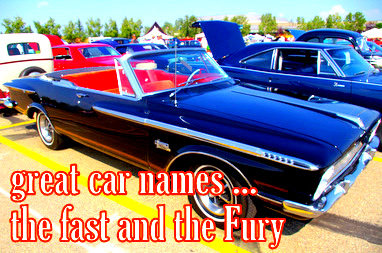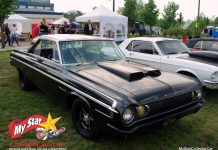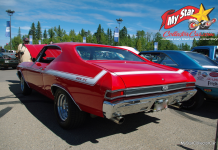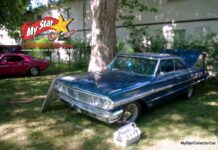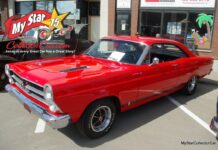The Rolling Stones have been a major force in popular music for many years but, like everything else, some years are much better than other years.
For example, the Stones created a raw and edgy song like ‘Street Fighting Man’ in 1968 but fell victim to the disco craze in 1978 and released their testosterone-free dance song ‘Miss You’.
Jim Sutherland
A similar pattern of neutering occurred in the automotive world when domestic automakers were kicked out of the 1960s muscle car era and thrown into a sad era of 1970s events that forced them to build cars that were fixed (in a veterinary sense) before they left the factory. Sort of like the Rolling Stones’ choice to sell out to the dark forces of disco in ’78 and crash dive from the World’s Greatest Rock and Roll Band into the World’s Most Embarrassing Pop Music Dance Band.

In fairness, the domestic automakers were blindsided by external forces during the 1970s and were forced to bow to the bureaucrats who made the rules, but they did eventually find their way during a troubling time in the North American car industry. Consequently, we at MyStarCollectorCar decided to compare five domestic models sold in 1968 and 1978.
The first car on our list is the Corvette model sold in 1968 and 1978. The 1968 Corvette was an untamed beast in fiberglass clothing and walked the walk in a big way. The ’68 Vette borrowed heavily from GM’s Mako-Shark II concept car in terms of overall design because it was destined to replace the iconic Gen-2 Corvette built between 1963 and ’67–a monumental task by any measure.

However, the 1968 Corvette was up to the task and became a legend, particularly the brute force 427 big block versions with 435 horses under their stylish hoods.

On the other hand, the 1978 Corvette burst onto the scene with an anemic 350 cubic inch engine that thinned the herd of horses down to a meager 220, along with a dated body style that reached back to the ’68 Vette. It was like comparing the 1960s Rolling Stones to the 1978 ‘Miss You’ Stones.
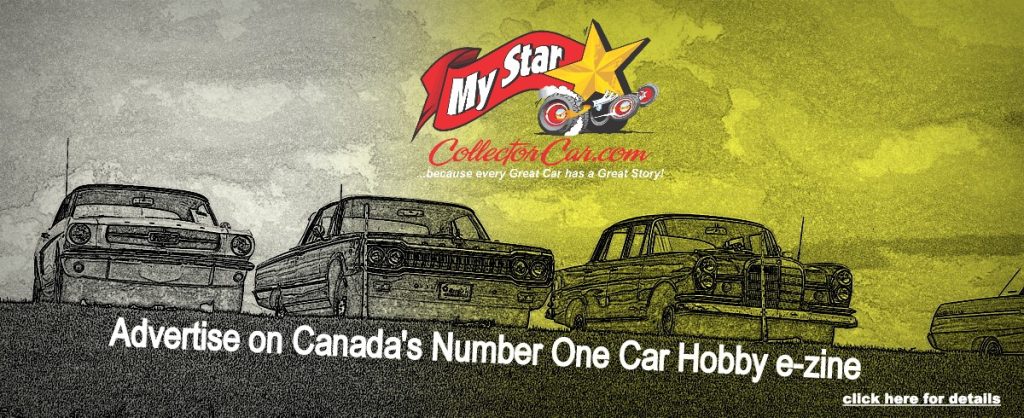
The 1968 Mustang is our second addition to the list because the ‘Stang reached legendary status on the street and in the movies (‘Bullitt’) that year. The ’68 Mustang was a tough-as-nails road warrior that looked the part and was a far cry from the first-generation Mustang directly aimed at a young single female customer base.

1968 Mustangs could be purchased in beast mode with a 428 Cobra Jet big block option that became a legendary street fighting machine back in the day.

Contrast the ’68 Mustang with the 1978 Mustang, a car that was four years into its reincarnation as a Mustang II and desperately attempting to regain its mojo as a legitimate pony car legend. Many car guys viewed the Mustang II as a tarted-up Pinto, but the ’78 Mustang was a big step back to legitimacy when it came in V-8 form.

Nevertheless, the 1978 Mustang was more like a Rolling Stone disco song than a Rolling Stones rock song.
Our third addition to our 1968/1978 list is the Dodge Charger. The 1968 Charger was arguably the finest example of the famous Dodge B-bodies ever built because it had legendary styling and some ferocious engine options that included the famous 426 Elephant Hemi big block.

The ’68 Charger also had a very cool taillight design that was seen by many other drivers when the Hemi versions passed them in the blink of an eye.

Contrast the 1968 Dodge Charger with its younger successor, namely the 1978 Dodge Charger. The ’78 Charger shared most of its style with the ’78 Chrysler Cordoba, an intermediate-sized car that flew the luxury flag for the Chrysler marque.

The ’78 Dodge Charger offered luxury, style and late-70s V-8 performance options, a grim reality for any Charger fan who was used to Hemi performance. The 1978 Charger looked good and saved rear tires in the bargain, given its sad horsepower numbers, but it was never a legitimate rival to the 1968 Charger as the greatest B-body model ever built by Dodge.
The fourth member of our comparative list is the Chevy Camaro, an iconic car that easily makes the all-time pony car list for its first-generation editions. The 1968 Chevy Camaro falls right in the middle of its three-year production run and bears the same legendary style of its 1967 and ’69 stablemates.

The ’68 Camaro could be purchased in many powertrain options that ranged from mild six-bangers to wild 396 big blocks right from the factory. Things got even crazier when a handful of select GM dealerships replaced the factory 396 engines with monstrous 427 big blocks.

Contrast the 1968 Camaro with the 1978 Camaro, a car with plenty of style and emasculated factory performance under its hood. The ’78 Camaro’s big dog engine was a 350 small block that delivered Chihuahua horsepower during an era when pitbull ferocity was painfully absent in car engines and Rolling Stones songs.
The fifth and final additions to our list are the 1968 and ’78 Firebirds in a bloodbath with each other for Poncho pony car superiority. The horsepower part of the comparison leans heavily toward the 1968 Firebird 400 models that were equipped with appropriately named 400 cubic-inch engines.

Pontiac’s 400 engine was a larger version of its famous 389 engine and offered enough horsepower to reduce a ’68 Firebird 400’s rear tires to rubbery goo upon request.
By contrast, a 1978 Pontiac Firebird Trans Am looked like a fire-breathing monster, but its 400 cubic-inch performance engine option offered roughly 135 less horsepower than its beefier 1968 version.

The net result was a 1978 Firebird model that looked like a street fighter in its Trans Am form but was only a sad pretender by comparison to a ’68 Firebird 400 in its fighting trim.
Much like the Rolling Stones when they went disco in ’78.
Jim Sutherland
BY: Jim Sutherland
Jim Sutherland is a veteran automotive writer whose work has been published by many major print and online publications. The list includes Calgary Herald, The Truth About Cars, Red Deer Advocate, RPM Magazine, Edmonton Journal, Montreal Gazette, Windsor Star, Vancouver Province, and Post Media Wheels Section.
- CLICK HERE to Sign Up for the Newsletter
- CLICK HERE to Like us on Facebook
- CLICK HERE to Follow us on Twitter
- CLICK HERE to Follow us on Pinterest



